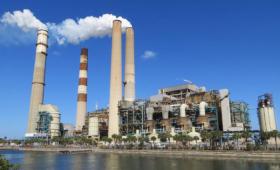Livermore material scientists have used an additive manufacturing technique to create thermoelectric generators that can harvest waste heat.
Science and Technology
in the News
Science and Technology
in the News
News Center
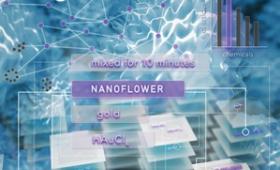
Research team developed scientific article-processing tools that extract and structure information from the text and figures of nanomaterials articles, thereby enabling the creation of a personalized knowledgebase for nanomaterials synthesis that can be mined to help inform further nanomaterials development.

In 2019, Americans used less energy than in 2018, according to the most recent energy flow charts released by Lawrence Livermore.
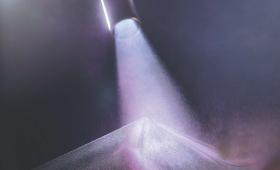
Cold-spray deposition is used as an additive manufacturing technique to fabricate materials for thermoelectric generators in complex geometries.
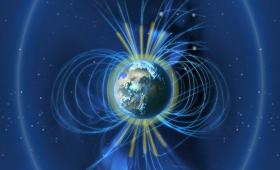
Magnetic fields make motors, electrical generators, home appliances, tools, and many other technologies work. The Earth is surrounded and protected by a magnetic field from radiation.

Information about the Lab's current activities regarding COVID-19 can be found on the research and response website.
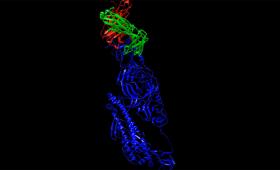
Livermore scientists are contributing to the global fight against COVID-19 by combining artificial intelligence/machine learning, bioinformatics and supercomputing to help discover candidates for new antibodies and pharmaceutical drugs to combat the disease.
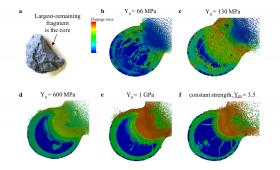
Planetary defense researchers at Lawrence Livermore continue to validate their ability to accurately simulate how they might deflect an Earth-bound asteroid.
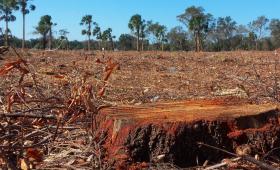
Scientists looked at how much carbonyl sulfide comes from forest fires and other burning biomass to measure photosynthesis.

LLNL biologists have found manipulating the gut microbiome with antibiotics alters the uptake and effectiveness of acetaminophen.


